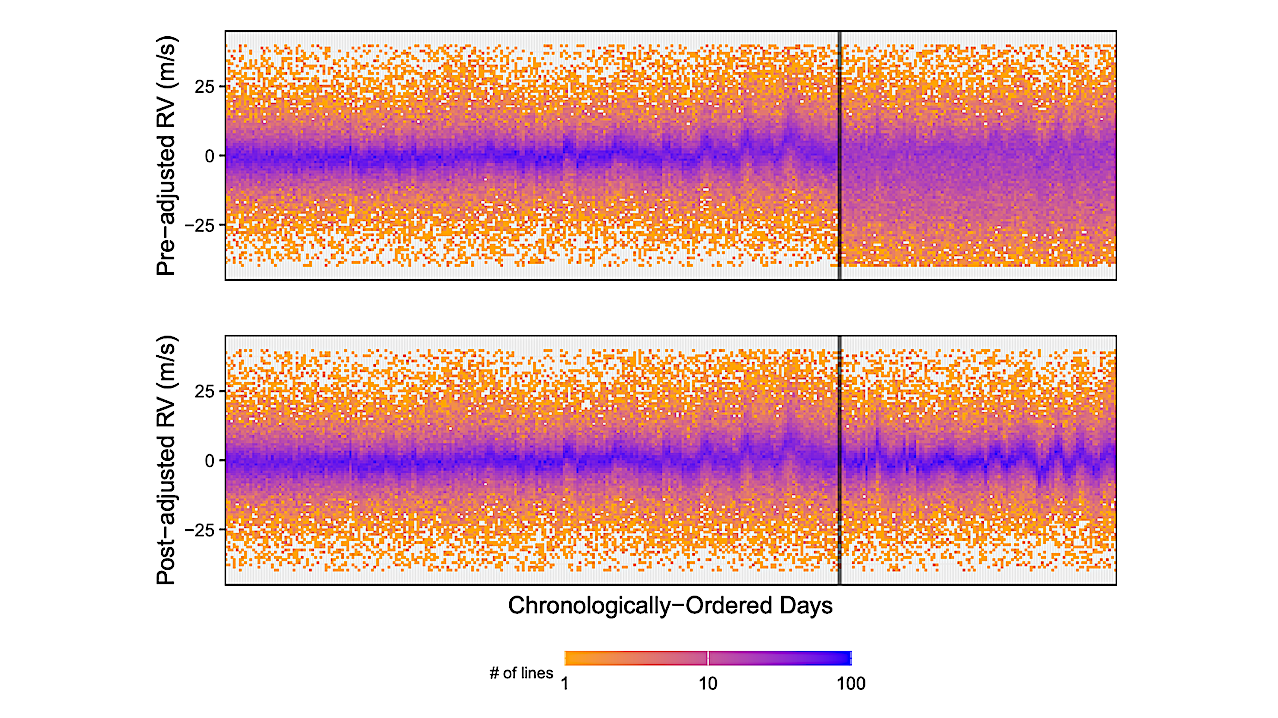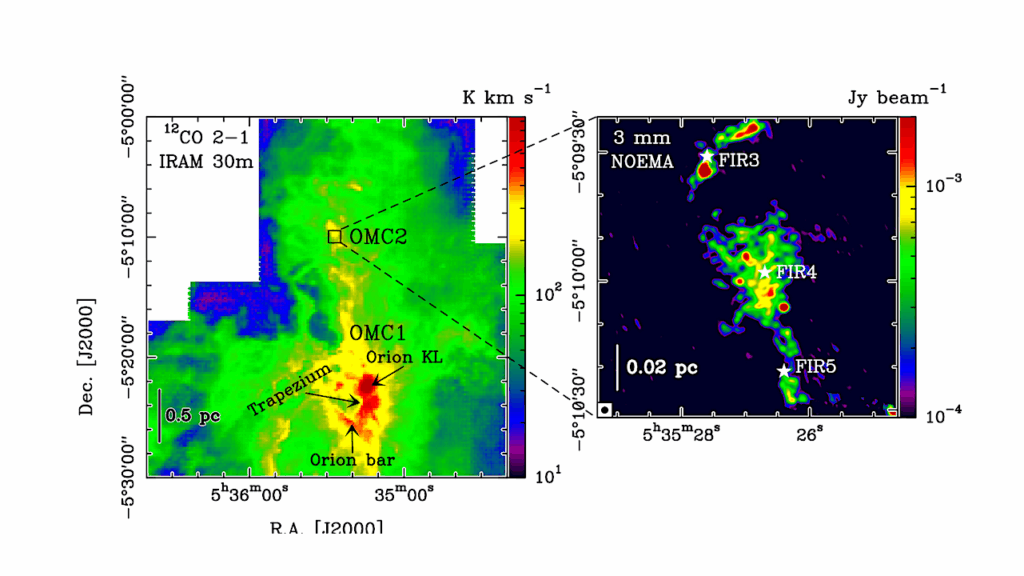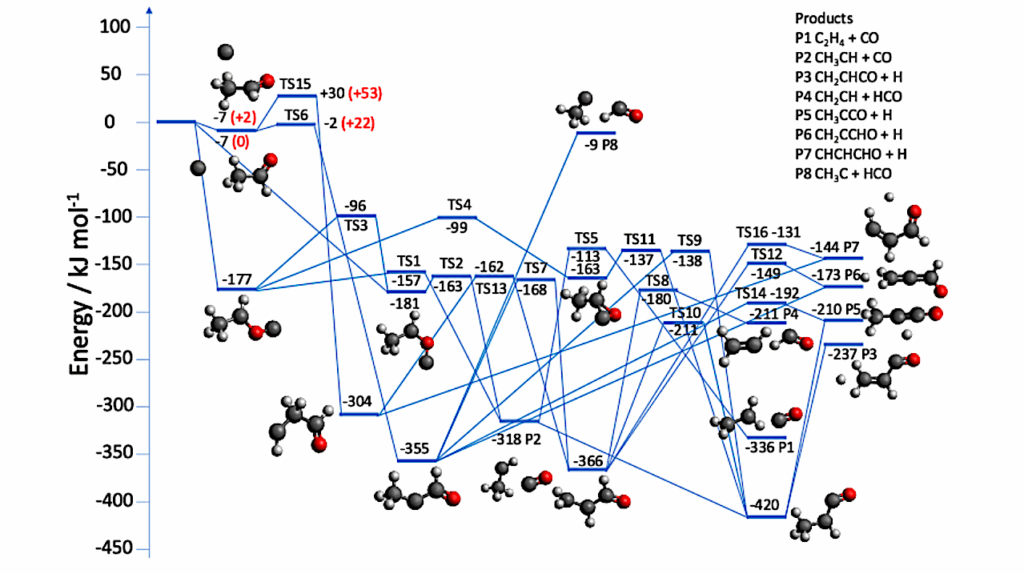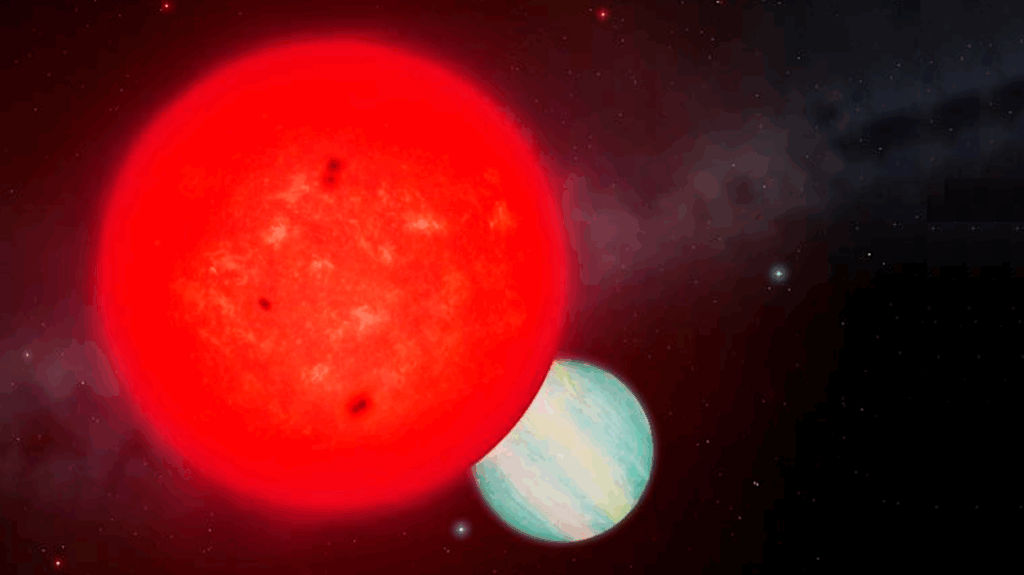Searching for Low-Mass Exoplanets Amid Stellar Variability with a Fixed Effects Linear Model of Line-by-Line Shape Changes

The radial velocity (RV) method, also known as Doppler spectroscopy, is a powerful technique for exoplanet discovery and characterization. In recent years, progress has been made thanks to the improvements in the quality of spectra from new extreme precision RV spectrometers.
However, detecting the RV signals of Earth-like exoplanets remains challenging, as the spectroscopic signatures of low-mass planets can be obscured or confused with intrinsic stellar variability. Changes in the shapes of spectral lines across time can provide valuable information for disentangling stellar activity from true Doppler shifts caused by low-mass exoplanets.
In this work, we present a fixed effects linear model to estimate RV signals that controls for changes in line shapes by aggregating information from hundreds of spectral lines. Our methodology incorporates a wild-bootstrap approach for modeling uncertainty and cross-validation to control for overfitting.
We evaluate the model’s ability to remove stellar activity using solar observations from the NEID spectrograph, as the sun’s true center-of-mass motion is precisely known. Including line shape-change covariates reduces the RV root-mean-square errors by approximately 70% (from 1.919 m s−1 to 0.575 m s−1) relative to using only the line-by-line Doppler shifts.
The magnitude of the residuals is significantly less than that from traditional CCF-based RV estimators and comparable to other state-of-the-art methods for mitigating stellar variability.
Joseph Salzer, Jessi Cisewski-Kehe, Eric B. Ford, Lily L. Zhao
Comments: Submitted to AAS Journals. 20 pages, 5 figures, 2 tables
Subjects: Earth and Planetary Astrophysics (astro-ph.EP); Instrumentation and Methods for Astrophysics (astro-ph.IM); Solar and Stellar Astrophysics (astro-ph.SR); Applications (stat.AP)
Cite as: arXiv:2502.11930 [astro-ph.EP] (or arXiv:2502.11930v1 [astro-ph.EP] for this version)
https://doi.org/10.48550/arXiv.2502.11930
Focus to learn more
Submission history
From: Joseph Salzer
[v1] Mon, 17 Feb 2025 15:41:40 UTC (644 KB)
https://arxiv.org/abs/2502.11930
Astrobiology,








